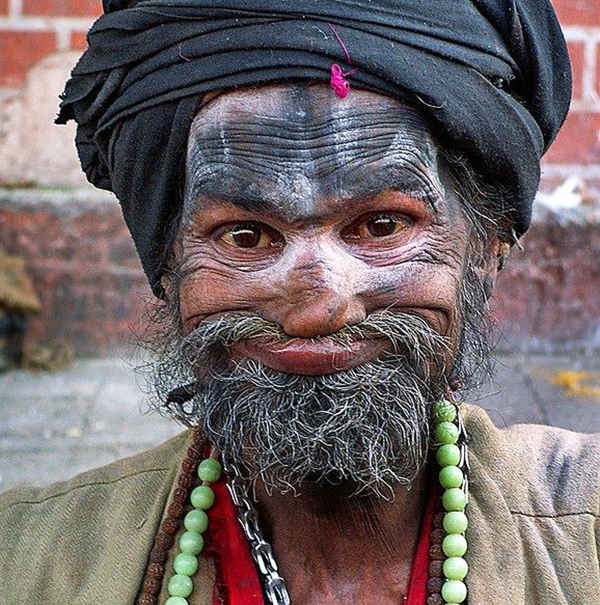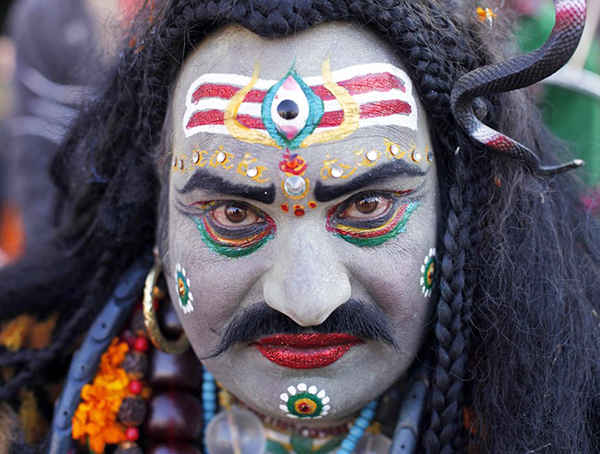Why are Indian men creepy?
Why Are Indian Men Perceived as Creepy?
The perception that Indian men are “creepy” is a stereotype that has been perpetuated through various cultural, social, and media channels. This stereotype, like many others, is overly simplistic and unfair to the vast diversity of individuals within any group. However, understanding the roots of such perceptions can help in addressing and dismantling them.

Below are some of the key reasons and factors contributing to this stereotype:
Cultural Factors
- Social Norms and Gender Roles
Traditional Gender Roles: In many parts of India, traditional gender roles are still strongly adhered to, with men often seen as dominant and women as subordinate. This can lead to behaviors that are interpreted as overbearing or intrusive by those from more gender-equal societies.
Arranged Marriages: The practice of arranged marriages, though evolving, still emphasizes the male’s role in seeking and initiating contact with potential brides, which can sometimes be seen as aggressive or insistent.
- Misunderstandings of Western Social Norms
Different Social Etiquettes: Indian social norms and etiquettes can differ significantly from Western ones. For instance, staring is not always considered rude in India, whereas in many Western cultures, it can be seen as invasive and creepy.
Expressions of Interest: What might be considered a normal expression of interest or courtship in India could be perceived as overly forward or creepy in other cultural contexts.
Media Influence

- Representation in Films and TV
Bollywood’s Portrayal: Bollywood often depicts exaggerated romance and pursuit, which might influence real-life behavior. Persistent and sometimes obsessive male pursuit is often romanticized in Indian cinema, leading to a potential misalignment with real-world expectations.
International Media: International media can sometimes highlight negative stereotypes about Indian men, reinforcing and spreading these perceptions globally.
- Online Interactions
Social Media Behavior: Instances of inappropriate online behavior by a minority of Indian men (example: unsolicited messages or comments) can tarnish the image of the larger group.
Dating Apps: Cultural differences in the use of dating apps can lead to misunderstandings, where actions meant to be friendly or interested are seen as creepy or invasive.
Historical Context

- Colonial Legacy
Colonial Stereotypes: British colonial rule left a legacy of stereotypes about Indian men, often depicting them as overly sexualized or predatory. These outdated views can still influence contemporary perceptions.
Social Hierarchies: The British colonial administration reinforced certain social hierarchies and norms that have lasting impacts on gender dynamics and interpersonal relationships in India.
- Post-Colonial Changes
Rapid Modernization: Post-independence, India has undergone rapid social and economic changes. The clash between traditional values and modern lifestyles can create confusion and behavioral inconsistencies that are sometimes misinterpreted as creepy.
Criminal News and Incidents

- High-Profile Cases
Sexual Assault and Harassment: High-profile cases of sexual assault and harassment in India have gained international attention, contributing to the perception that Indian men are more likely to engage in such behaviors.
Media Coverage: Intense media coverage of these incidents often does not provide balanced perspectives and can reinforce negative stereotypes.
- Law Enforcement and Justice System
Inadequate Response: Perceived or actual inadequacies in the law enforcement and justice systems in addressing crimes against women can exacerbate fears and perceptions about the behavior of Indian men.
Cultural Silence: In some communities, cultural norms discourage reporting of sexual harassment and assault, allowing negative behaviors to persist and contributing to the stereotype.
Historical Facts


- Colonial Influence
During the British colonial period, Indian men were often depicted in British literature and reports as hypersexualized and morally inferior. These depictions were used to justify the civilizing mission of the British and control over the Indian population.
- Post-Independence Movements
Post-independence, there have been significant movements towards gender equality and women’s rights in India. However, the transition has been uneven, leading to situations where traditional and modern values clash, sometimes resulting in behaviors that are perceived as inappropriate or creepy.
The perception that Indian men are “creepy” is a complex interplay of cultural misunderstandings, media portrayals, historical contexts, and isolated incidents that receive widespread attention. It is crucial to approach such stereotypes with nuance and recognize the diversity and individuality within any cultural group.
Addressing the underlying issues, example: promoting gender equality, improving law enforcement responses, and fostering better cross-cultural understanding, can help in changing these perceptions.












